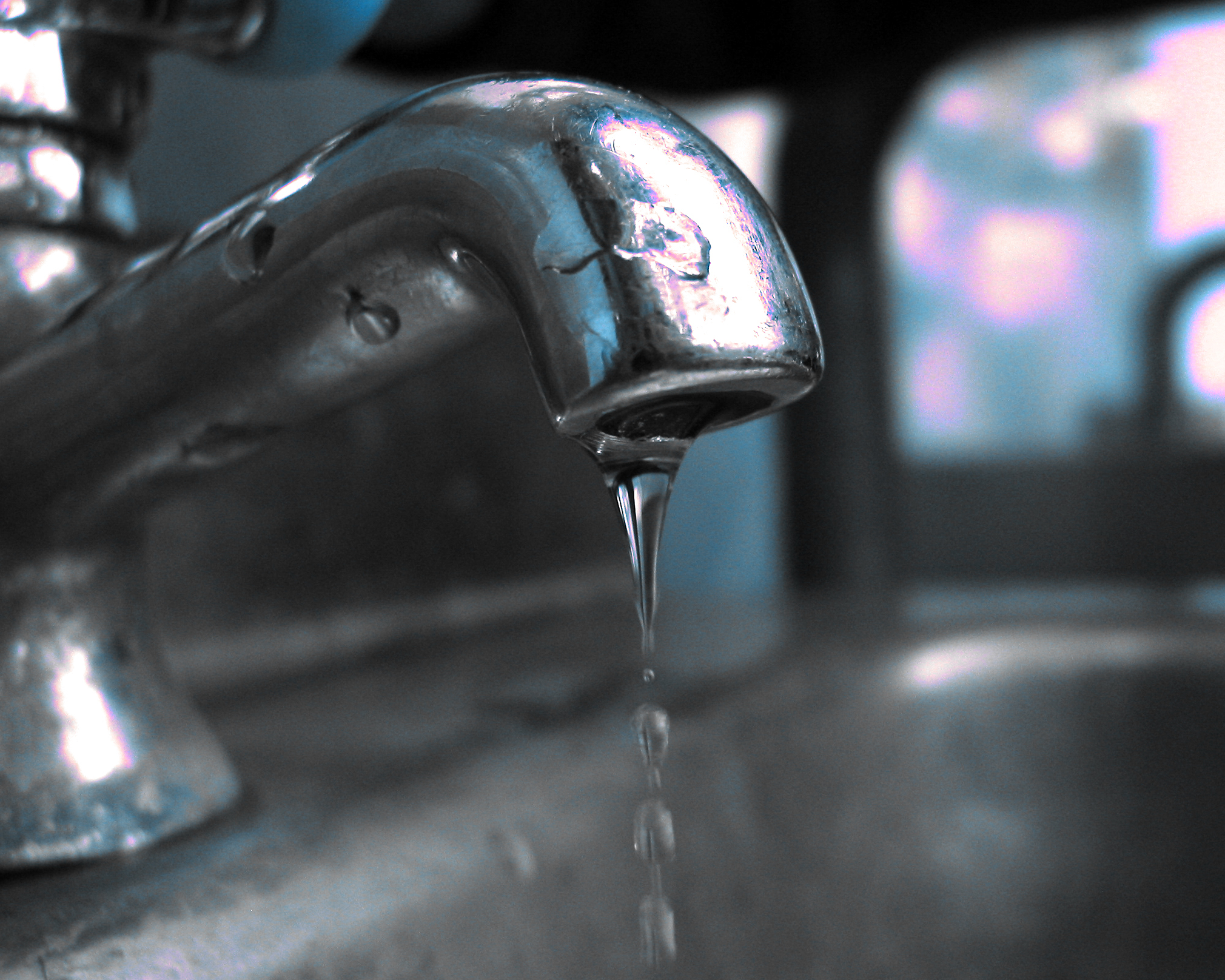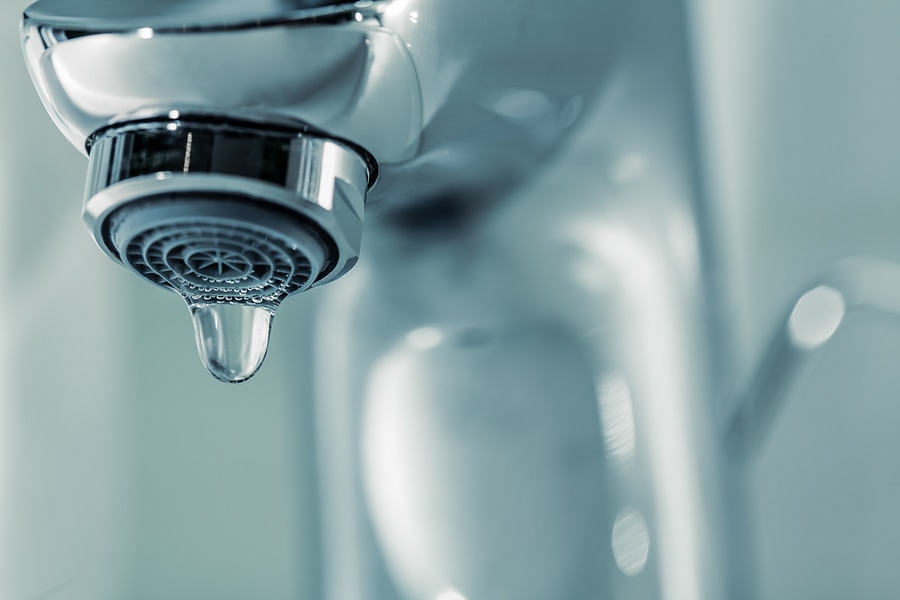The Factors Behind Dealing with a Malfunctioning Faucet
The Factors Behind Dealing with a Malfunctioning Faucet
Blog Article
This article down below relating to Why Are My Faucets Dripping (And Can I Fix It Myself)? is indeed entertaining. You should see for yourself.

Leaking faucets could look like a minor hassle, however their impact surpasses simply the inconvenience of the audio. From drainage to sustaining unneeded financial prices and wellness dangers, disregarding a trickling faucet can bring about various effects. In this article, we'll delve into why it's critical to address this common household problem promptly and successfully.
Waste of Water
Ecological Effect
Trickling faucets add substantially to water wastefulness. According to the Epa (EPA), a solitary tap trickling at one drip per secondly can lose greater than 3,000 gallons of water per year. This not just pressures water sources but also influences communities and wildlife depending on them.
Financial Prices
Increased Water Costs
Beyond the environmental influence, leaking taps can blow up water costs substantially. The gathered waste gradually translates into greater energy costs, which can have been avoided with timely repair work.
Possible Building Damage
Furthermore, extended trickling can cause damage to fixtures and surface areas bordering the faucet. Water buildup can create staining, corrosion, and also structural problems if left ignored, causing additional repair service prices.
Wellness Problems
Mold And Mildew and Mildew Growth
The continuous presence of moisture from a leaking faucet creates an optimal atmosphere for mold and mildew and mildew growth. These fungi not only endanger indoor air top quality however additionally present health risks, especially for people with respiratory conditions or allergies.
Waterborne Diseases
Stationary water in dripping faucets can come to be a breeding ground for microorganisms and various other virus, enhancing the risk of waterborne diseases. Pollutants such as Legionella bacteria grow in stagnant water, potentially bring about severe ailments when consumed or breathed in.
DIY vs. Specialist Fixing
Benefits and drawbacks of DIY Repair Service
While some may try to repair a trickling faucet themselves, DIY repair work come with their very own collection of difficulties. Without correct knowledge and tools, DIY efforts can exacerbate the problem or cause insufficient repairs, lengthening the trouble.
Benefits of Working With an Expert Plumber
Working with a professional plumber ensures that the underlying reason for the leaking faucet is dealt with efficiently. Plumbings have the knowledge and devices to diagnose and repair tap issues successfully, saving time and decreasing the risk of further damages.
Step-by-Step Guide to Dealing With a Dripping Faucet
Tools Needed
Before trying to deal with a leaking faucet, collect the essential devices, including an adjustable wrench, screwdrivers, replacement parts (such as washing machines or cartridges), and plumber's tape.
Usual Faucet Issues and Their Solutions
Identify the kind of tap and the particular concern causing the drip. Common issues consist of worn-out washers, rusty valve seats, or faulty O-rings. Refer to producer directions or on-line tutorials for step-by-step advice on repair services.
Safety nets
Regular Upkeep Tips
To stop leaking taps, carry out routine maintenance such as cleansing aerators, evaluating for leakages, and replacing worn-out components immediately. Furthermore, take into consideration installing water-saving devices or updating to much more efficient fixtures.
Significance of Prompt Services
Addressing dripping taps as quickly as they're observed stops further water wastefulness and possible damages, eventually saving both water and money in the long run.
Impact on Home Value
Understanding of Well-Maintained Residential Property
Maintaining a building in good condition, consisting of resolving maintenance problems like dripping taps, boosts its regarded worth and worth among possible buyers or lessees.
Impact on Resale Value
Characteristics with properly maintained plumbing components, consisting of taps, command higher resale values in the property market. Resolving trickling faucets can contribute to a favorable impact during residential or commercial property inspections and negotiations.
Ecological Duty
Specific Contribution to Preservation
Taking responsibility for repairing trickling faucets straightens with broader efforts towards water preservation and ecological sustainability. Every individual's actions jointly make a significant influence on protecting valuable resources.
Lasting Living Practices
By prioritizing prompt repairs and adopting water-saving habits, individuals add to lasting living practices that benefit both existing and future generations.
Conclusion
Resolving a trickling tap goes beyond simple convenience; it's a vital step toward saving water, reducing economic expenses, and safeguarding health and home. Whether via DIY fixings or professional help, taking action to fix trickling faucets is a little yet impactful means to advertise responsible stewardship of sources and contribute to a much healthier, a lot more sustainable future.
How to Fix a Leaky Faucet: Step-by-Step Repair Guide
A leaky faucet may seem like a simple annoyance, but if it's not fixed promptly, that leak could cost hundreds to potentially thousands. From water damage to mold, mildew, and high water bills, even a tiny leak can be catastrophic if left unattended. Damage like this can even affect the overall value of your home, so it's important to take the right approach for leaky faucet repair. You may need the help of a plumber in some cases, but we've got a few tips you can try on how to fix a leaky faucet before calling the pros.
Four Faucet Types
When you're learning how to fix a leaky faucet, the first step is knowing what kind of faucet you're working with! There are four common types.
Cartridge Faucets
Cartridge faucets come in one- or two-handled varieties. In one-handled cartridge faucets, hot and cold water combines in a single cartridge. In the two-handled versions, hot and cold water are controlled separately and mixed in the faucet.
Ball Faucets
Ball faucets have a single lever you push up and down to adjust the pressure and rotate to change the temperature. A slotted metal ball controls the amount of water allowed into the spout.
Compression Washer Faucets
They're the oldest type of faucet, but they're still used in many homes — especially older ones. Compression faucets have two separate handles that, when turned, raise or lower the washer that seals a water valve. This valve stops water from flowing through the faucet when it is turned off.
Disc Faucets
Disc faucets rarely need to be repaired due to their maintenance-free design. The water flow is controlled by two discs — the upper one raises and lowers against a fixed lower disc, creating a watertight seal. If your disc faucet starts leaking, you may need to replace the seals or clean residue buildup from the inlets.
Fixing a Leaky Faucet
Step 1: Turn Off the Water
Whether you're learning how to fix a leaky bathtub faucet or how to fix a leaky kitchen faucet, always turn off the water supply to your working area when you're fixing a leak. The last thing you want is a flood added to your list of things to fix.
Look for the shutoff valves below your sink or around the tub and turn them clockwise to stop the water flow. If your faucet doesn't have shutoff valves, you may need to turn off the water for the whole house. Check to make sure it's off by turning the faucet on. If nothing comes out, you're ready to start the repair.
Step 2: Take Apart the Faucet
How you disassemble your faucet depends on the type of fixture you have. You can use a flathead screwdriver to remove the caps on top of the handle or handles for cartridge and compression faucets. Inside, you should see handle screws. Unscrew these with a screwdriver to remove the handle.
Disc- and ball-style faucets will typically have an inlet screw near the handle, and removing that will reveal the interior of the faucet.
Detach the Valve Stem
For cartridge- and compression-style faucets, you'll see the inner valve stem or cartridge once you remove the faucet handles. If you have a compression faucet, unscrew the brass valve stem. If you have a cartridge faucet, pull out the cartridge. If your cartridge has been in place for a while, it may require some tools or extra force to remove it due to mineral deposits.
Examine and Replace Parts
Once you've removed the parts, check them out to confirm what needs to be replaced. You may see corroded rubber washers, O-rings, stems, or cartridges. On a ball-style faucet, check the seats and springs for damage.
If you need to repair a leaky disc faucet, check the inlet and seals on the lower disc.
Once you determine what parts must be replaced, visit your local hardware store. Bring the damaged parts with you to ensure you can purchase the correct components to replace them.
Clean Valves and Faucet Cavity
If you've removed a stem or cartridge, you may notice mineral buildup in the faucet's threads. Use white vinegar to clean the valve seat by soaking it for a few minutes, then scrub it away with a soft toothbrush and rinse with warm water. You can also clean the interior of the faucet in the same way.
Reassemble the Faucet
Once your faucet is cleaned and the required parts have been replaced, it's time to reassemble it. Put the pieces back together and slowly turn the water supply back on. Doing this slowly is crucial because too much initial water pressure can damage the new hardware you've just installed.
https://homewarranty.firstam.com/blog/how-to-fix-leaky-faucet

Do you like reading about Why Is It Important To Fix Your Leaking Tap/Faucet?? Give feedback directly below. We will be delighted to know your thoughts about this review. In hopes that you come back again in the near future. Liked our content? Please quickly share it. Help other people find it. Thank you for being here. Return soon.
Report this page